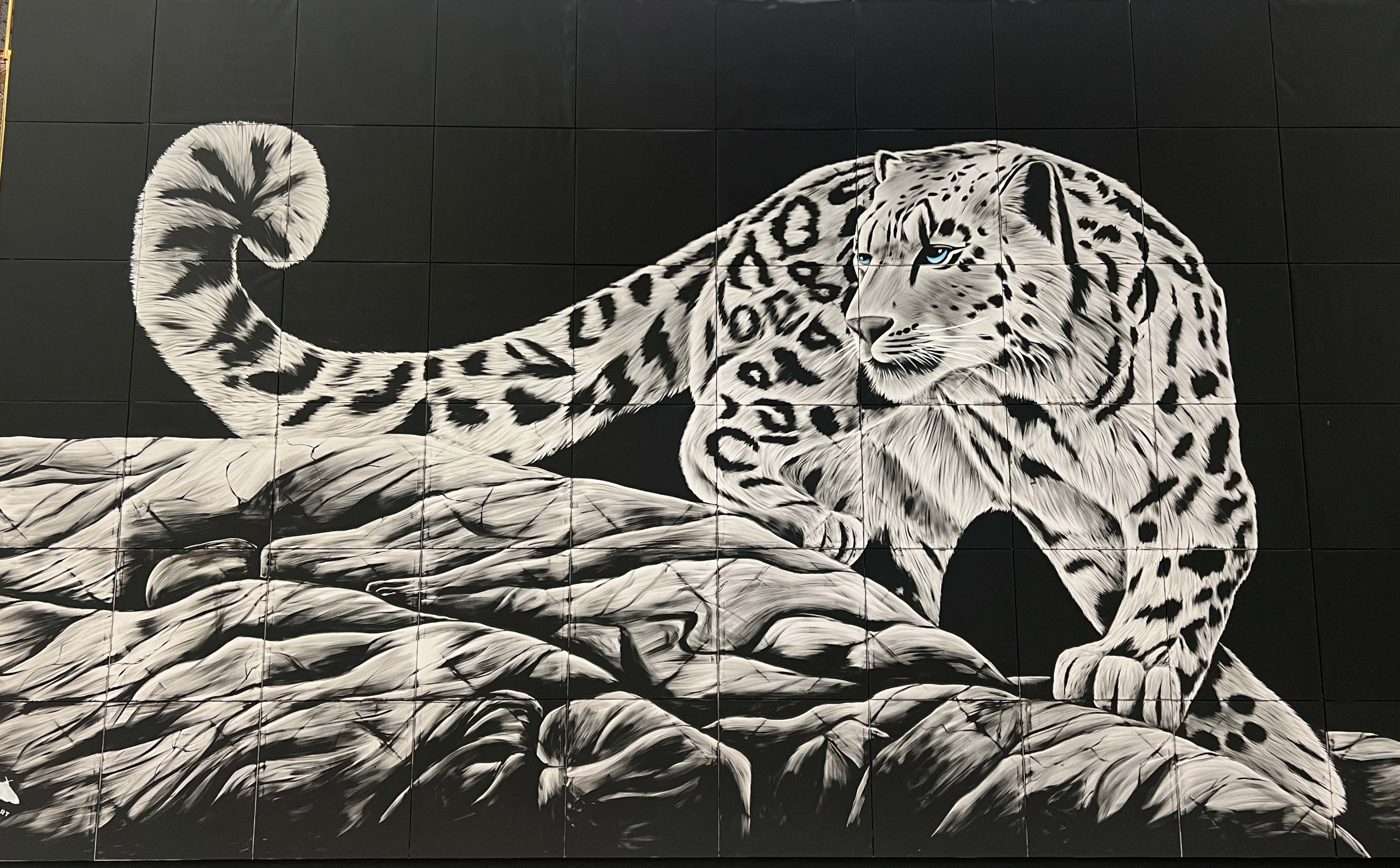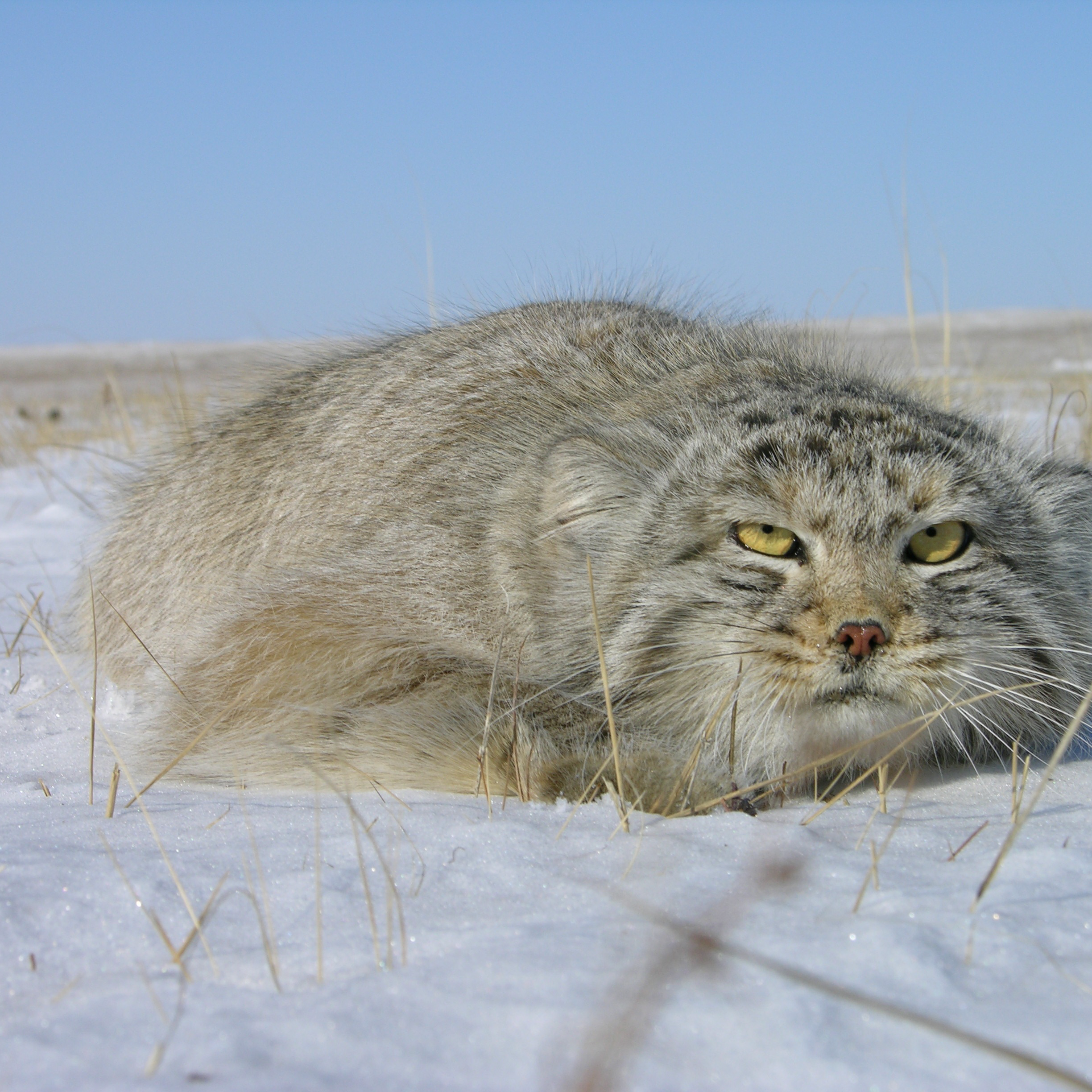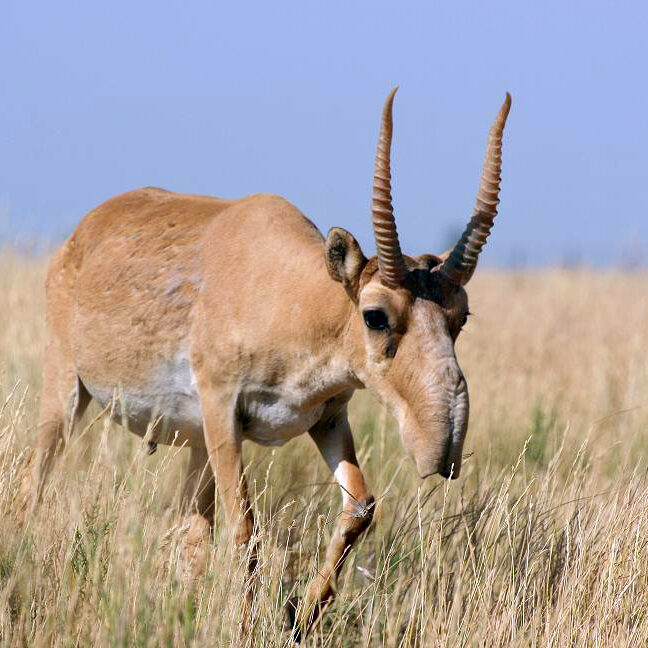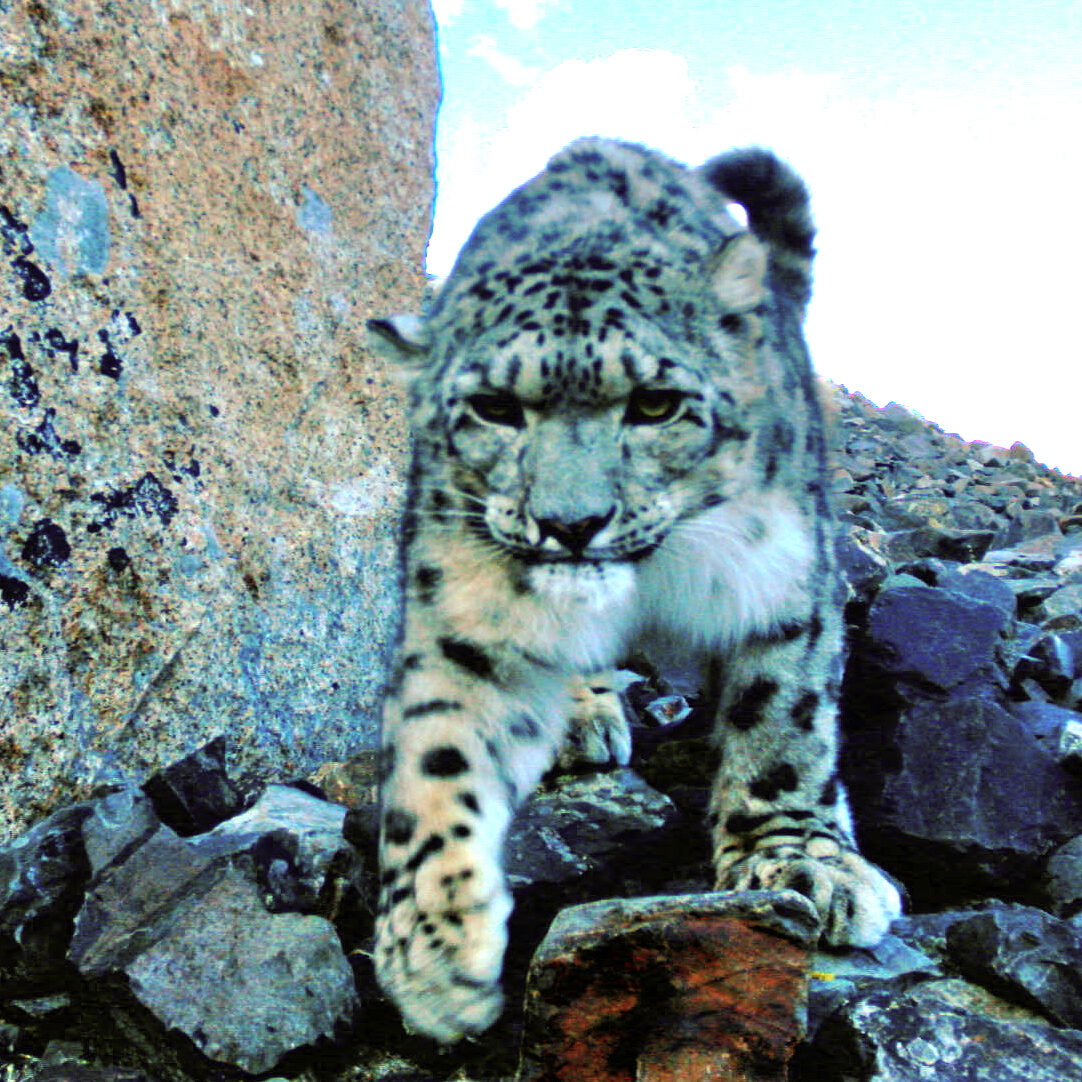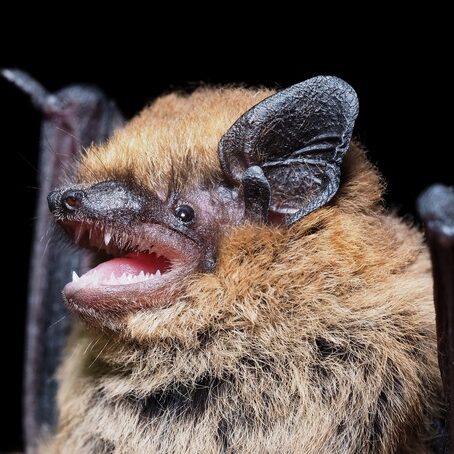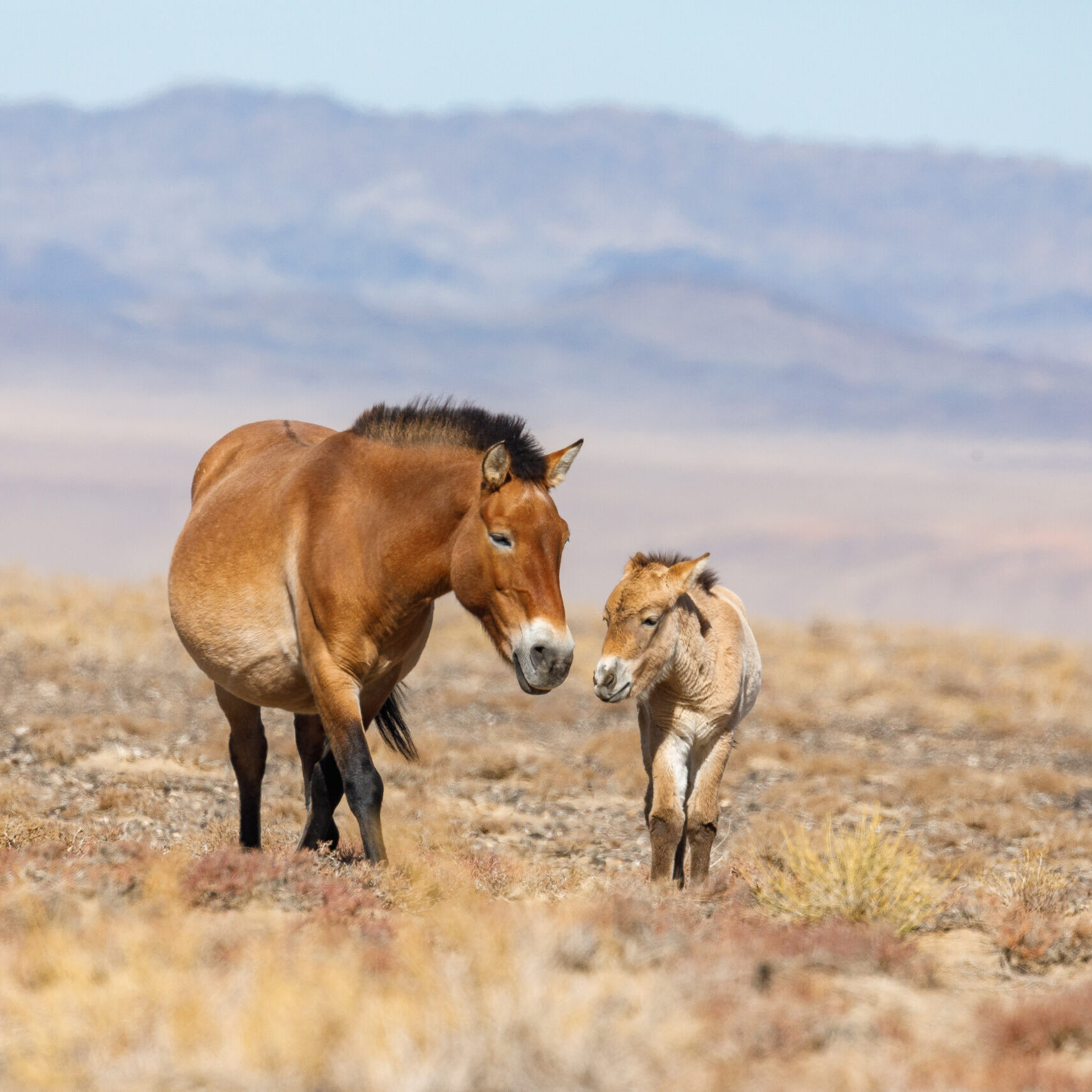Wildlife Conservation
As we grow and expand our species-specific programs, we will describe them here. Meanwhile, here are just a few descriptions of the at-risk mammals in Central Asia-risk species in Central Asia.
Virtually every country around the globe has mechanisms to understand and track its wildlife populations and make decisions about their conservation status, ranging from "least concern" to "critically endangered", although the terminology varies.
The International Union for the Conservation of Nature (IUCN) describes itself as "the global authority on the status of the natural world and the measures needed to safeguard it." It maintains a database known as the "IUCN Red List" that compiles information on the "global extinction status of animal, fungus, and plant species."
The countries where we work all maintain national registries and some countries also have regional registries. All of these different registries recognize that individual species do not recognize political boundaries and that the threats they and their habitats face vary dramatically as well. Scientists, policy-makers, and governments use these registries to establish conservation measures, protect ecosystems, and regulate how stakeholders, especially businesses and communities use natural resources, directly and indirectly.

